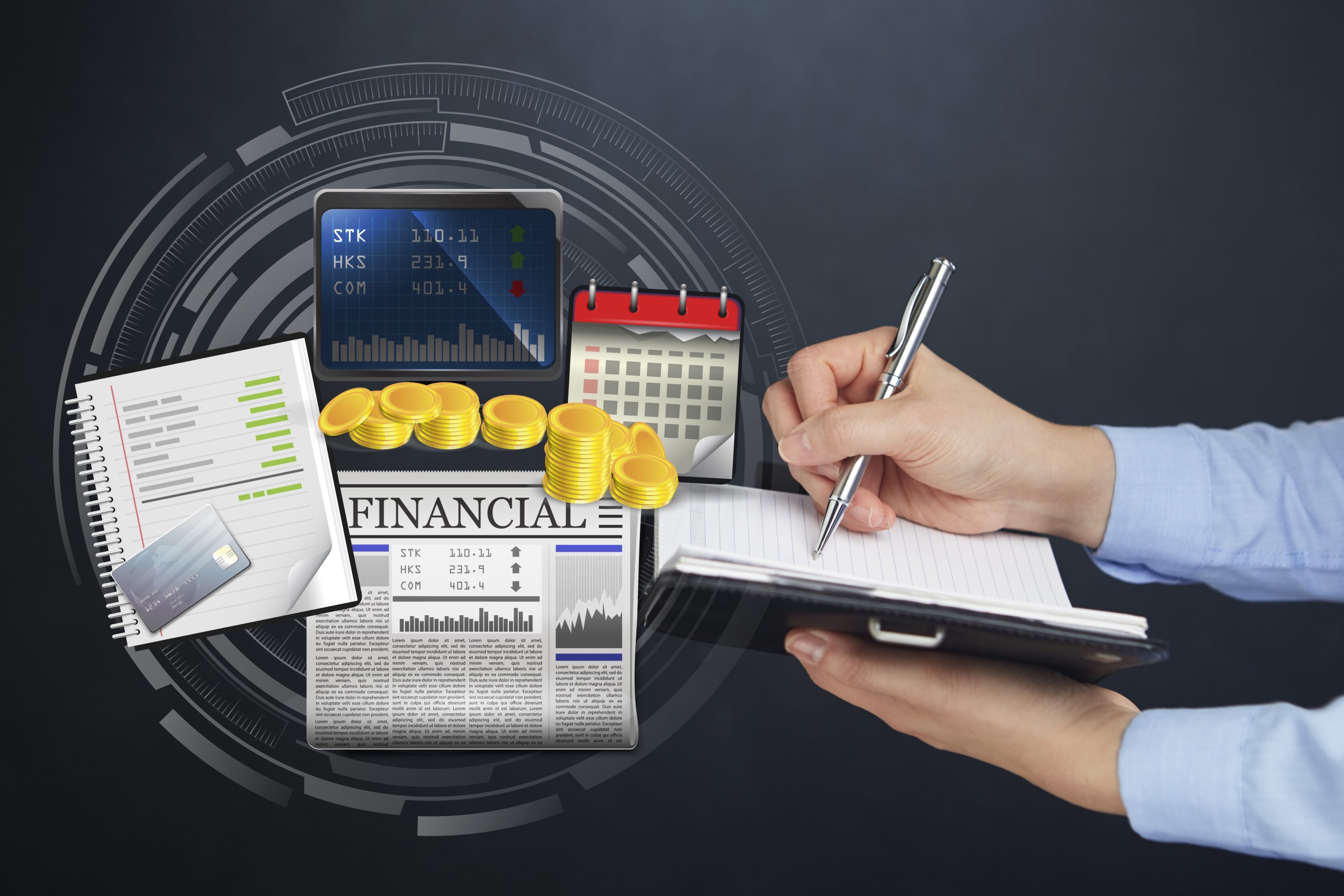Commodity market introduction:
A commodity market is a place for buying and selling commodities. Commodities are items or products that can be traded in any global marketplace. Commodity markets exist for a wide range of agricultural and non-agricultural.
Examples of raw materials:
Common and valuable commodities include gold, wheat, silver, steel, oil, crude oil, coffee, diamonds, metals, platinum, etc. Commodity trading is ideal for individuals looking to diversify their portfolios, as these assets often lend themselves to hyperinflation.
Pakistan Commodity Market:
The Pakistan commodity market is worth rupees. 922,300 rupees. If this statistic piques your interest, there are many other interesting facts about the commodities market and the benefits of trading commodities. Commodity trading is the buying and selling of items such as metals. In general, there are two types of commodity markets:
One is agricultural, and the other is non-agricultural. Two types of raw materials:
There are two types of commodity markets: challenging commodity markets and soft commodity markets.
Hard Commodities:
Hard commodities are in demand in the field of supply chain management. These must be mined and manually removed from the ground or the sea. Valuables such as gold, silver, platinum, copper, and other similar commodities are examples of getting these accounts with the most pricing.
Soft raw materials:
Soft commodities are primarily agricultural or livestock commodities. Unlike hard things, they are not mined or extracted. They have virtually unlimited reserves and are more influenced by weather and natural phenomena than by geopolitical factors. Examples of agricultural products include sugar, corn, wheat, and barley. Commodity market participants:
The commodity market consists of two participants.
Speculator:
Speculators, like hedgers, move commodity markets. Speculators constantly monitor commodity prices to predict future price movements. For example, you can buy a commodity derivative contract if you think the price will go up and sell the above contract at a higher price if the price goes up. If the price is expected to drop, they will sell the product and repurchase it at a lower price.
Hedger:
A hedger is often a producer or manufacturer who uses the commodity futures market to hedge its risk. For example, if a grower anticipates price fluctuations at harvest, he can hedge his stock. He would make a contract that would insure himself against the risk. If the crop price fell in the market, the farmer could make up the difference by posting a profit in the future market. Similarly, if crop prices rise at harvest time, producers may suffer losses in potential costs, which they can offset by selling their products at higher prices in the current market.
The main advantages of trading on the commodity market:
There are several reasons why you should invest in commodities. First, commodity trading benefits from inflation—the prices of commodities and commodities in the economy rise, allowing traders to make profits. You can also protect your investments by hedging your investments in commodities against currency depreciation.
Maximizing Profit:
Traders can also profit from unpredictable geopolitical situations such as war and famine. In such cases, the supply of raw materials is reduced, and you can benefit significantly from the resulting scarcity.
The development of commodity markets is the opposite of profits from stocks and bonds. As a result, many people profit by investing part of their money in the commodity market.
Volatility:
Economic and capital market conditions have stabilized for certain products, while financial and capital market conditions have remained volatile for some instruments.
Agricultural commodity prices have become increasingly volatile in recent years, so predicting future price movements is essential for optimizing investment portfolios and de-risking. Advanced AI/ML systems with self-learning capabilities are valuable tools for tackling complex price forecasting tasks.
Oil:
Oil production is a classic example of a volatile commodity. Prices do not remain constant due to significant supply fluctuations, mining challenges, or economic conditions. Shareholders can take long or short positions depending on market expectations and gain exposure to such instruments and profit even when turbulent. It helps you get a high return on investment even when stock prices are falling. This allows us to compensate for lower or negative returns from the capital sector.
Disadvantages:
A disadvantage of trading commodities, however, is that while commodities trading is only to obtain a financial gain, the stock and bond markets offer regular income through coupon payments and dividend coupons. Payment will be made to
But making big profits in the commodities market requires fundamental knowledge. Anyone can trade commodities on recognized commodity markets by registering with a commodity broker.
Main types of commodities traded in Pakitan:
• Agricultural commodities include cardamom, pepper, seeds, cotton, and rubber
• Precious metals include gold, silver, and platinum
• Base metal grains and legumes Chana, barley, maize, rice and wheat, paddy.
• Spices include turmeric, Zira, and coriander
• Textiles include cotton and guar seeds
Difficulty in predicting prices:
Many companies need help estimating gasoline, and price spreads for many items are dividing. This hampered the company’s production and refinery plans. Rising oil prices and volatility have also hit corporate strategies and supply chains. As a result, the oil industry needed a dedicated manufacturing environment and price forecasting system.
This is mainly because price forecasting is always a tedious process, and forecasting agricultural and non-agricultural commodities involves many uncertainties, creating additional pressure. With artificial intelligence and machine learning-based price prediction, the benefits are endless.
Overcoming price volatility:
Market volatility refers to fluctuations in the price of a product. To calculate the price volatility, consider the daily rate of change in the price of a product or service.
These variations may not be noticeable. However, in the long run, price volatility is an essential factor in price valuation. This is because it indicates the level of price uncertainty and helps businesses to assess prices more accurately. In addition, machine learning algorithms can track price movements for any period.
Improved Profit:
Applying machine learning gives us a better understanding of how industry prices change over a year. This gives you a final, more subtle advantage.
For example, suppose a supplier has frequent price increases in October. In that case, he should stock up on items in September to avoid the subsequent price increase, save costs, and increase overall profit margins. You should plan.
Conclusion:
I found a solution to this challenging situation. Use Price Vision, your one-stop shop for commodity price forecasting. Through advanced technologies such as artificial intelligence and machine learning, Price Vision makes accurate product forecasts.









